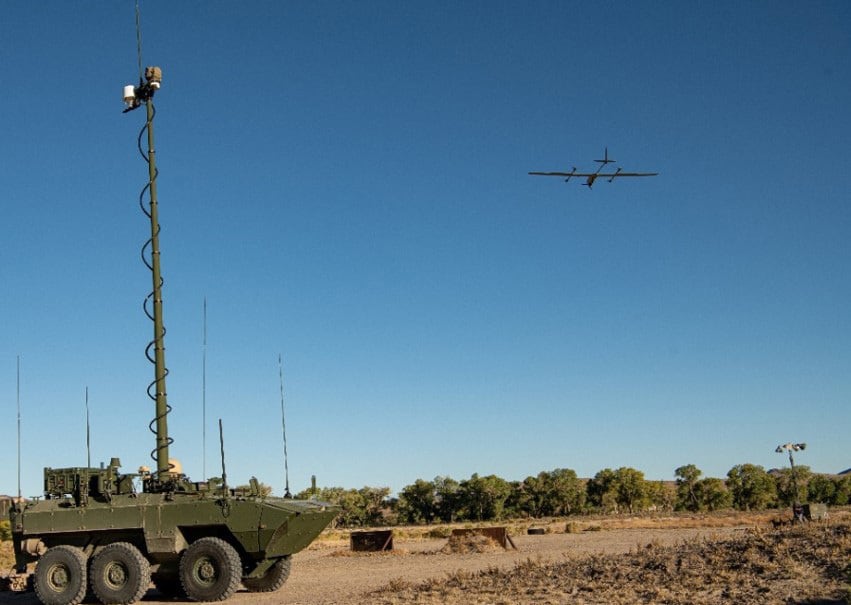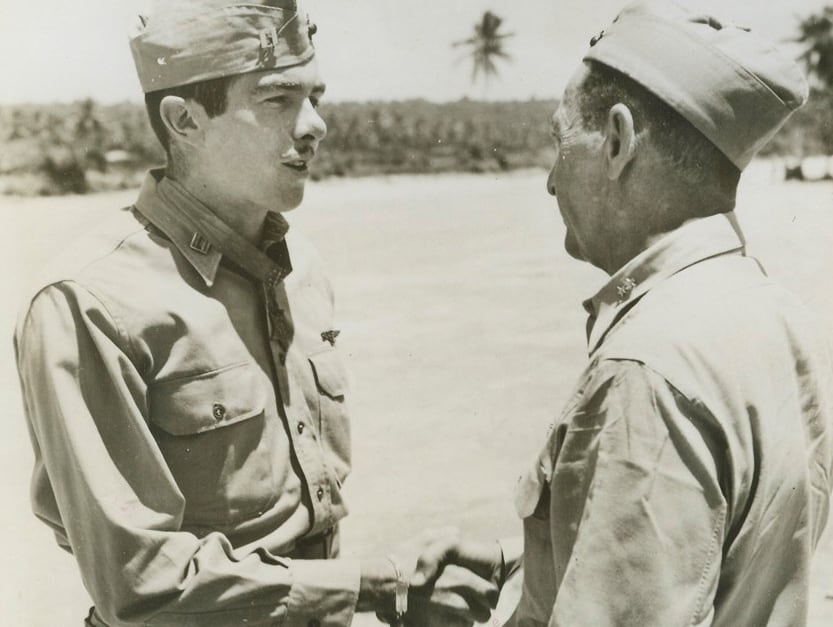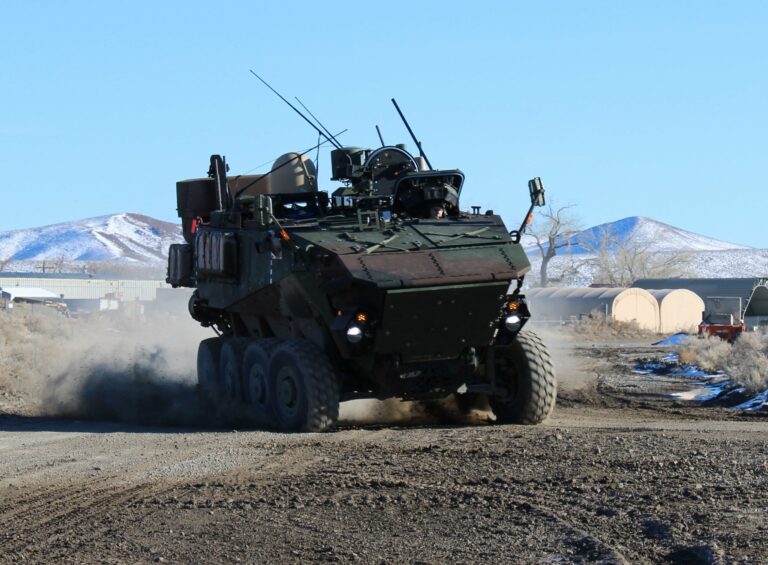Marines Choose Companies for New Recon Vehicle Prototypes
The U.S. Marine Corps has picked General Dynamics Land Systems and Textron Systems Corporation to develop prototypes of the 30mm cannon-equipped version of the Advanced Reconnaissance Vehicle (ARV). This new vehicle is intended as a replacement for the Light Armored Vehicle (LAV), which has been in service since the 1980s.
Each company will produce a single prototype, with delivery expected by the end of fiscal year 2025. General Dynamics received a contract worth $10.9 million, while Textron’s contract is for $11.8 million.
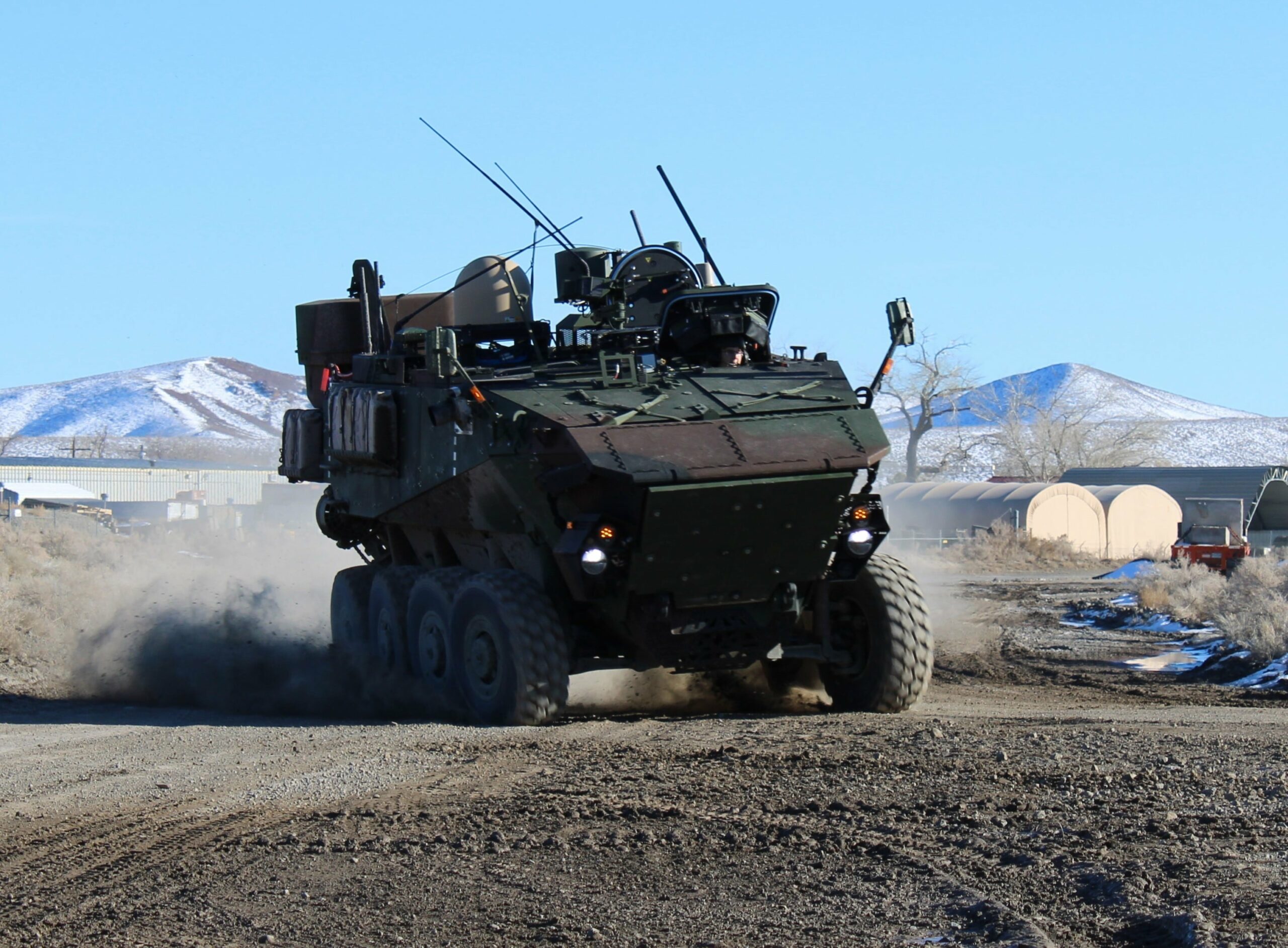
If the ARV prototypes prove successful, the Marine Corps anticipates production costs ranging from $1.8 billion to $6.8 billion over five years, according to a Congressional Research Service report from 2022.
In January, both companies announced the completion of testing for a command and control variant of the ARV.
The 30mm cannon version will use the same turret and weapon system as the Amphibious Combat Vehicle-30. This standardization is considered vital, especially for maintaining weapon systems within the Marine Corps’ limited fleet capacity.
The ARV is designed to fulfill a range of missions, including command and control, reconnaissance, cyber operations, and drone deployment.
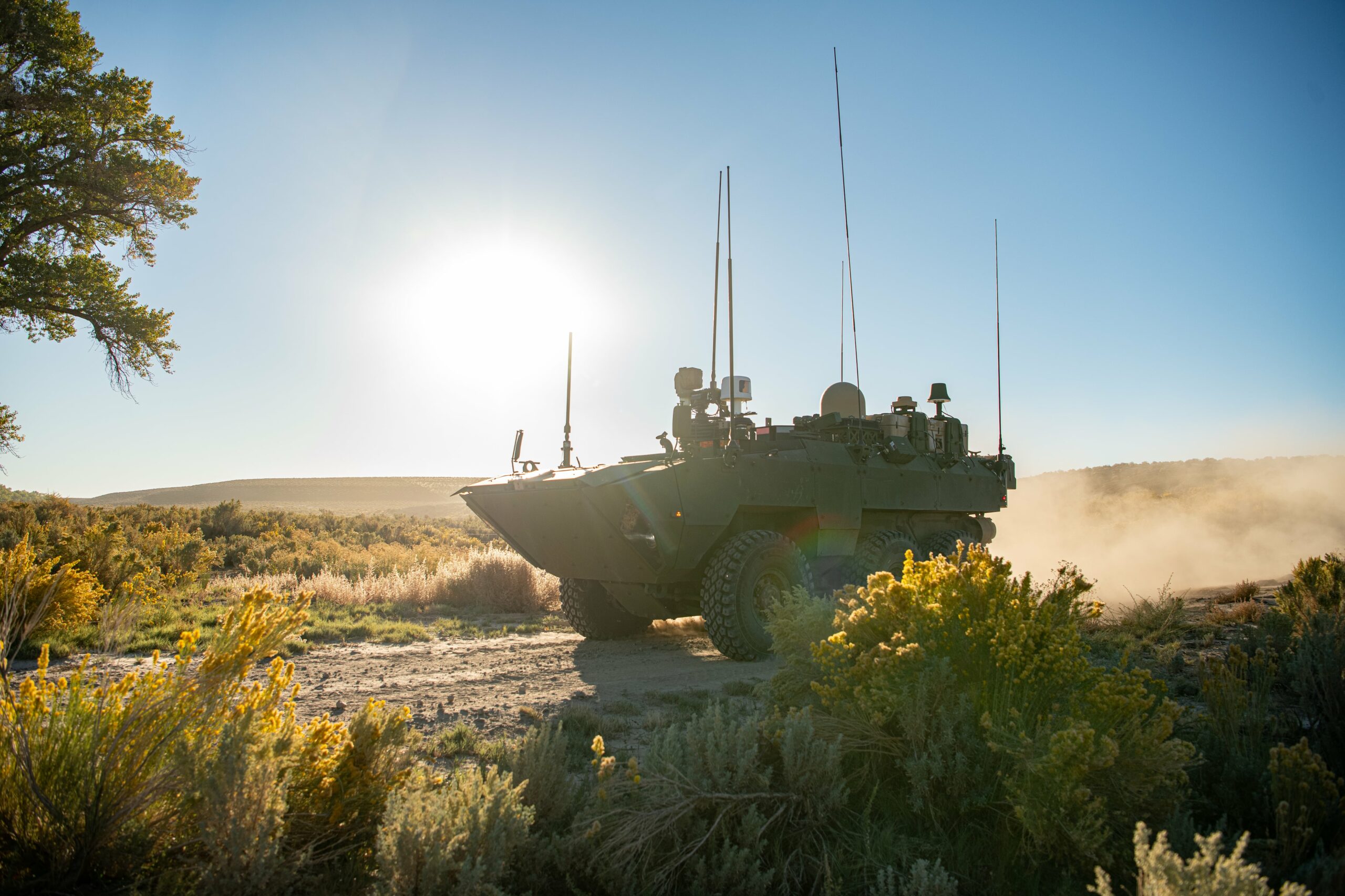
The Marine Corps is actively restructuring its forces. The goal is to create more agile and adaptable units capable of distributed operations, reconnaissance, and counter-reconnaissance. The ARV will need capabilities for deep sensing to provide targeting data, protect against electronic warfare attacks, and have robust cross-country and water mobility.
The ARV’s development began in 2016, with the concept solidified in 2019. The Marines tested and evaluated command and control prototypes from January to November 2023.
What the Marines want in the advanced reconnaissance vehicle:
- An automatic medium-caliber cannon.
- Anti-armor abilities to defeat close-range, heavy armor.
- Precision-guided munitions to defeat threats beyond engagement ranges.
- Unmanned systems swarm capabilities for multifunctional munitions.
- Advanced, networked electronic warfare capabilities.
- A modern command-and-control suite with comprehensive sensors.
- Organic unmanned aerial and ground systems deployable from the ARV.
- Active and passive vehicle protection.
- Exceptional all-terrain and on-road mobility, including shore-to-shore water capabilities.
